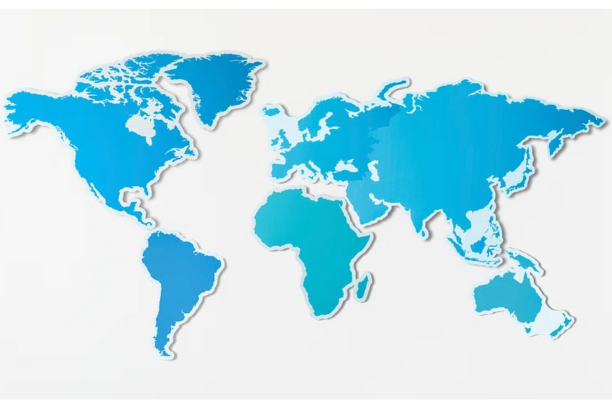In an increasingly globalized marketplace, the uniqueness of local products often becomes overshadowed by mass production and imitation. Geographical Indications (GIs) serve as a powerful tool to safeguard the identity, quality, and reputation of goods that are intrinsically linked to specific regions. This article explores the concept of GIs, their importance, and the benefits they bring to producers and consumers alike.
What Are Geographical Indications?
A Geographical Indication is a sign used on products that have a specific geographical origin and possess qualities, reputation, or characteristics inherently tied to that origin. These products typically derive their uniqueness from factors such as climate, soil, traditional knowledge, or local craftsmanship.
Well-known examples of GIs include:
- Champagne from France
- Parmigiano Reggiano cheese from Italy
- Phu Quoc fish sauce from Vietnam
These products are more than just commodities—they are cultural symbols and economic assets that connect consumers with the heritage of a region.
Geographical Indications are protected under international treaties such as the Agreement on Trade-Related Aspects of Intellectual Property Rights (TRIPS). Many countries also have their own legal frameworks, enabling producers to register and enforce GIs locally.
The Role of GIs in Protecting Local Products
- Preserving Authenticity
GIs ensure that only products genuinely originating from a region can bear its name. This reduces the risk of counterfeiting and misleading branding. For instance, “Roquefort” cheese can only be produced in a specific region of France, under strict regulations. - Enhancing Economic Value
GI recognition often elevates the market value of a product, creating premium branding opportunities. This directly benefits local producers by ensuring higher prices and increased demand. - Fostering Regional Development
The protection of GIs promotes rural development by encouraging traditional production methods, creating jobs, and boosting tourism. Regions with well-known GIs often attract tourists eager to experience authentic products at their source. - Encouraging Environmental Sustainability
GI systems often rely on traditional, environmentally friendly production methods. For instance, coffee grown in Colombia under GI protection adheres to sustainable farming practices that preserve biodiversity.
Challenges in GI Protection
Despite their advantages, GIs face several challenges:
- Global Enforcement: Ensuring consistent recognition and protection of GIs across different jurisdictions can be complex.
- Counterfeit Goods: The rise of imitations in markets with weak IP enforcement undermines the value of authentic GI products.
- Balancing Innovation with Tradition: Producers must maintain traditional methods while adapting to evolving market demands, which can sometimes lead to conflicts.
Geographical Indications are more than a legal tool; they are a bridge between tradition and the modern economy. By protecting local products and preserving cultural heritage, GIs empower communities, sustain livelihoods, and bring the rich diversity of global regions to the forefront. In a world where authenticity is increasingly valued, the role of GIs is more critical than ever.

